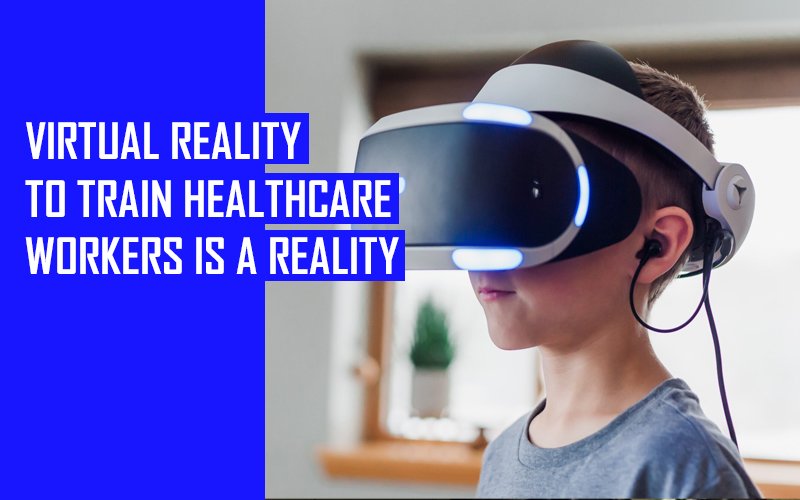Introduction
Virtual Reality (VR) technology has revolutionized various industries, and the healthcare sector is no exception. With its immersive and interactive capabilities, VR is being used to train healthcare workers, offering a realistic and safe environment for learning and skill development. Furthermore, VR therapy has also emerged as a promising treatment option for patients with mental health issues, chronic pain, cognitive impairments, and other health conditions. In this article, we will explore the applications of VR in healthcare training and therapy.
VR in Healthcare Training
Traditional training methods in healthcare often involve classroom lectures and hands-on practice with real patients. While these methods have their advantages, they may not always provide a comprehensive learning experience. VR training offers a solution by simulating realistic scenarios and allowing healthcare professionals to practice their skills in a controlled and risk-free environment.
For example, surgeons can use VR simulations to practice complex procedures before performing them on actual patients. This helps them refine their techniques, improve their decision-making skills, and reduce the risk of errors during surgeries. Similarly, nurses can undergo VR training to enhance their clinical skills, such as wound care, medication administration, and patient communication.
VR training is not limited to medical professionals alone. Emergency responders, such as paramedics and firefighters, can also benefit from VR simulations that replicate high-stress situations. These simulations help them develop critical thinking skills, improve their response times, and enhance their ability to work effectively under pressure.
VR Therapy for Mental Health
Mental health conditions affect millions of people worldwide, and traditional therapy approaches may not always be accessible or effective for everyone. VR therapy offers a promising alternative by creating virtual environments that can be tailored to the specific needs of each patient.
For individuals with phobias or anxiety disorders, exposure therapy using VR can provide a safe and controlled environment to confront their fears. By gradually exposing patients to anxiety-inducing situations, VR therapy helps them desensitize and overcome their phobias in a controlled and supportive setting.
VR therapy is also being used to treat post-traumatic stress disorder (PTSD). By recreating traumatic events in a virtual environment, therapists can guide patients through the process of confronting and processing their traumatic memories. This approach has shown promising results in reducing PTSD symptoms and improving overall well-being.
VR Therapy for Pain and Cognitive Conditions
Chronic pain can significantly impact a person’s quality of life, and traditional pain management techniques may not always provide sufficient relief. VR therapy offers a non-pharmacological and immersive approach to pain management.
By diverting the patient’s attention away from the pain, VR experiences can help reduce the perception of pain and improve overall well-being. For example, patients undergoing painful medical procedures, such as wound dressings or physical therapy, can use VR distractions to alleviate discomfort and anxiety.
In addition to pain management, VR therapy has also shown promise in improving cognitive function. For individuals with cognitive impairments, such as dementia or traumatic brain injuries, VR experiences can help stimulate memory, attention, and problem-solving skills. These virtual environments provide a safe and engaging platform for cognitive rehabilitation.
Conclusion
Virtual Reality technology has opened up new possibilities in healthcare training and therapy. From providing realistic training simulations for healthcare professionals to offering innovative treatment options for patients with mental health, pain, cognitive, and other health conditions, VR has proven to be a valuable tool in the healthcare industry. As technology continues to advance, we can expect VR to play an even larger role in improving healthcare outcomes and enhancing patient care.


